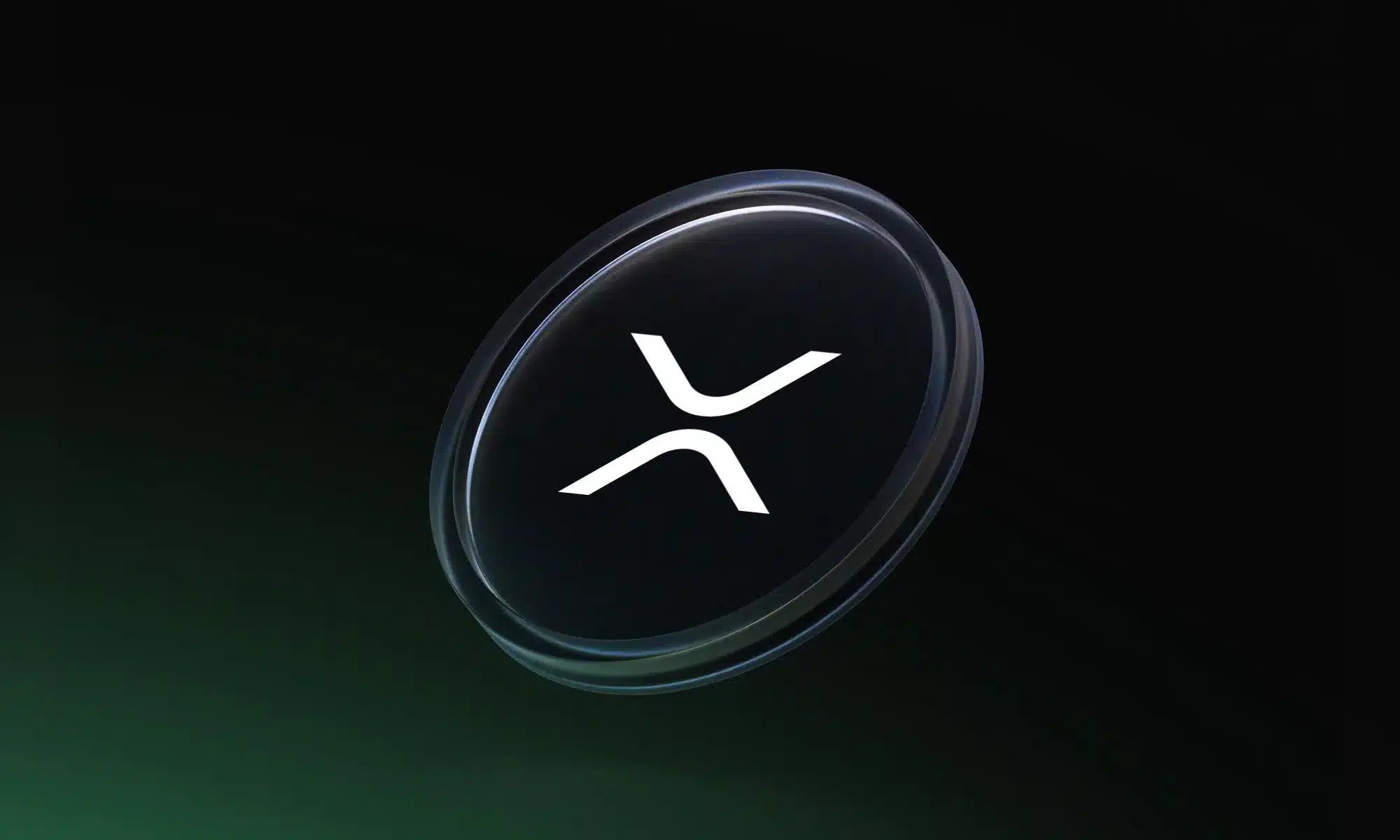Ethereum co-founder Vitalik Buterin has cautioned that the blockchain’s cryptographic guarantees stop where external trust begins.
On October 26, Buterin explained that even a 51% attack cannot validate an invalid block. This means that even if a majority of validators collude or experience a software bug, they cannot seize users’ funds or forge transactions.
Sponsored
Sponsored
Buterin Reignites Debate Over a Blockchain Validators
This is because each blockchain node independently verifies new blocks and automatically rejects any that break the protocol’s rules. This decentralized verification protects Ethereum from false ledger entries, even under majority control.
However, Buterin emphasized that this security guarantee only applies to the blockchain’s protocol.
According to him, the moment users rely on validators for tasks outside that framework—such as bridging assets, verifying real-world data, or confirming off-chain events—they enter a zone where trust replaces math.
In that realm, if 51% of validators agree on a false statement, the network itself offers no recourse.
Buterin’s remarks have reignited debate within the developer community. Many are now questioning how much control validators should hold as blockchains adopt complex features like bridges, oracles, and off-chain attestations.
Sponsored
Sponsored
Polygon’s Chief Technology Officer, Mudit Gupta, supported the warning.
However, he explained that while validators can’t alter Ethereum’s state, they can “steal money” through maximal extractable value (MEV) or even enforce censorship.
Meanwhile, others disagreed with Buterin’s position.
Seun Lanlege, co-founder of Polkadot’s Hyperbridge, argued that validator influence runs deeper. He warned that a malicious majority could manipulate block propagation or isolate nodes through eclipse attacks.
This exposes a structural vulnerability that extends beyond MEV or censorship.
Adding another perspective, MultiversX core developer Robert Sasu urged teams to minimize reliance on off-chain components altogether.
In his view, any reliance on centralized systems like bridges, oracles, or price feeds invites manipulation. True resilience, he argued, comes from designing decentralized, permissionless, and composable systems that minimize trusted intermediaries.
Source: https://beincrypto.com/ethereum-vitalik-exposes-blind-spot-blockchain-security/


